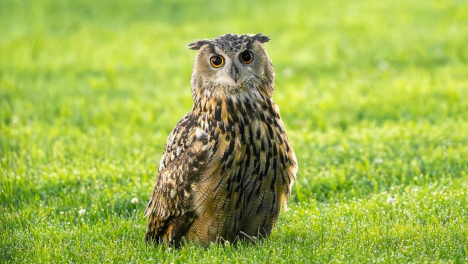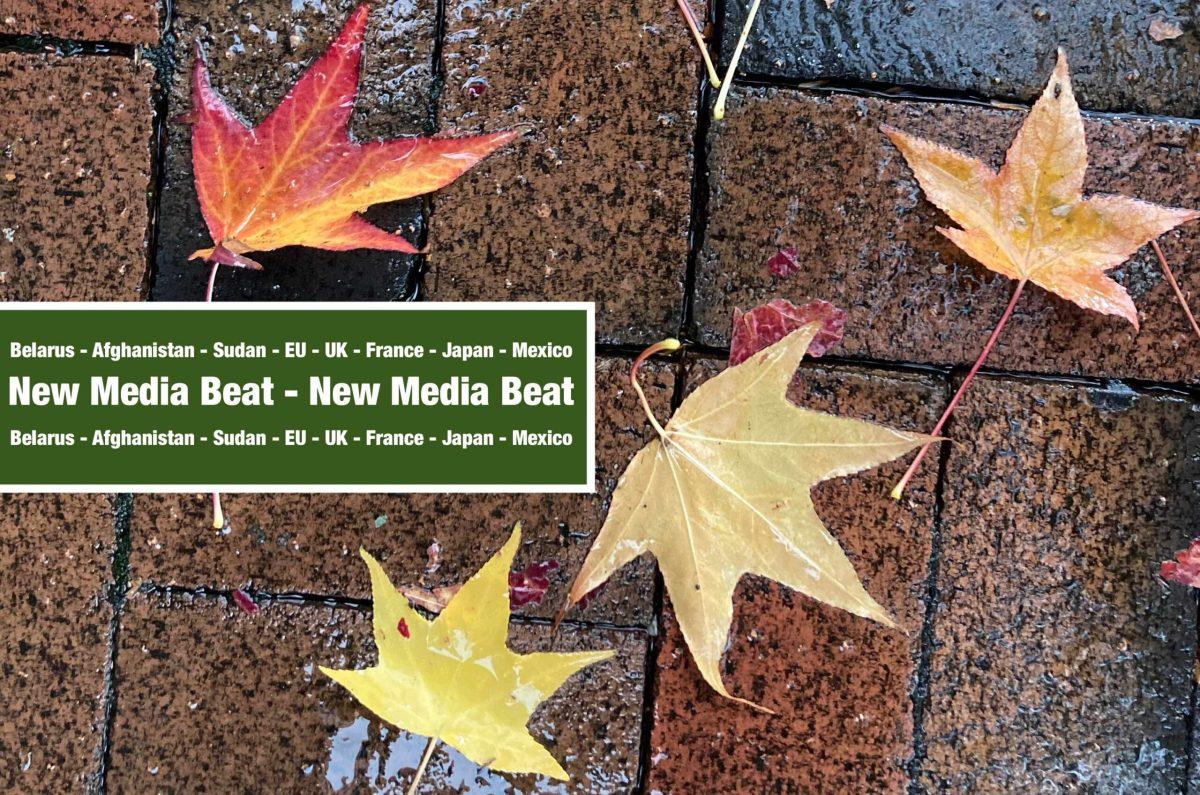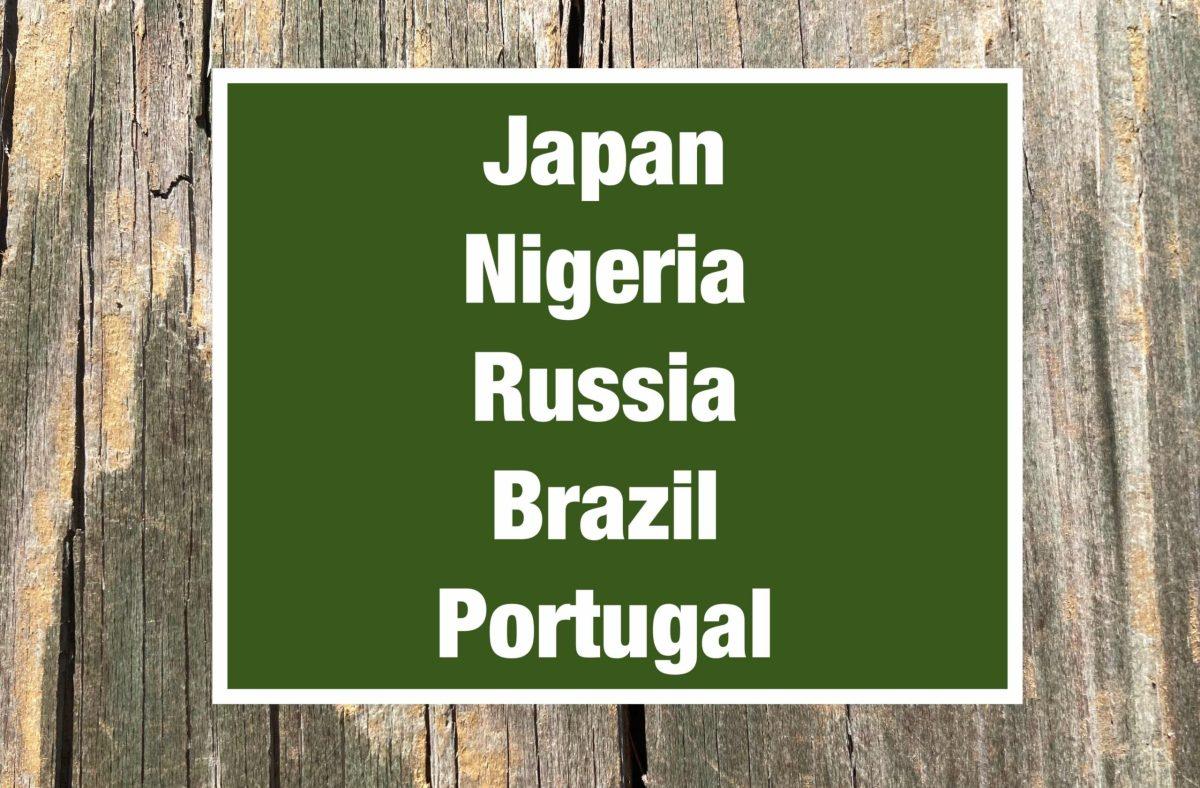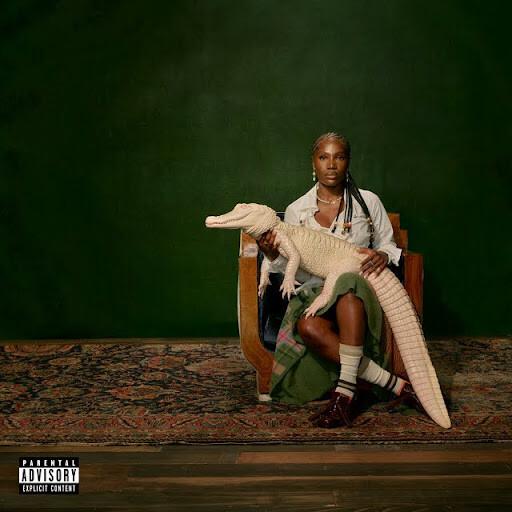
Photo Credit: edit.sundayriley.com
Historically, hair has represented beauty and longevity in many societies. In some societies, it’s viewed as having mythological or religious importance. In others, hair is used as a means of punishment.
Hair texture and color:
Genetics can be the cause of straight, wavy, or curly hair. It can cause variations in different ethnic backgrounds.
According to Medline Plus, studies suggest, “normal variations (polymorphisms) in two genes, EDAR and FGFR2, have been associated with differences in hair thickness in Asian populations. A polymorphism in another gene, TCHH, appears to be related to differences in hair texture in people of northern European ancestry. It is likely that many additional genes contribute to hair texture and thickness in various populations.”
Hair color is also a genetic trait. It depends on the kind and quality of melanin; which is generated from the amino acid tyrosine.
The natural colors of hair are black, brown, blond, white, gray, and rarely red. Each of the natural hair colors can have a shade variation in tone.
Black hair is common in Asia and Africa, “due to the fact that the people in these regions tend to have lower levels of tyrosinase in their bodies. Black eumelanin (a type of melanin) secretion causes the hair to turn black, which indicates that the MC1R is in the active state,” stated Dr. Liji Thomas, MD, in her article from News Medical Life Science.
“The red color is caused by a series of mutations in the MC1R gene, which transmits to the hair more pheomelanin; this also results in pale skin,” Dr. Liji Thomas said. “These many shades of brown are due to the presence of an allele, a specific variation in the gene,” Dr. Liji said about brown hair.
The genome-wide association studies (GWAS) discovered that, “the mutant gene KIT ligand (KITLG) which has the ability to fight skin cancer, is responsible for blondness in the Northern European population.”
White and gray hair lack melanin; therefore, its pigment is white. LONDON’S GLOBAL UNIVERSITY (UCL) News explains, “The gene identified for grey hair – IRF4 – is known to play a role in hair color. This gene is involved in regulating production and storage of melanin, the pigment that determines hair, skin and eye color.”
Mythology of hair:
In various cultures around the world, the history of hair in mythology is significant.
The legend of Medusa; whose hair was changed into snakes, is found in Greek mythology.
In Norse mythology, there is a fairytale story about women with very long blonde hair who have magical powers.
In the Christian Bible, there is the story of Samson, who acquired an extraordinary force due to his uncut hair.
Buddha was tempted eight times by the demon, Mara during his pathway to illumination. According to a publication from thehistoryofthehairsworld.com, “In one of the temptations, Buddha touched the ground with his fingers, begging for help from Mother Earth. The Mother Earth sprinkled an ocean from her long hair, pushing out Mara and her demons far from Buddha.”
Hair is not only a symbol of power, it also signifies obedience and respect.
Hair and Religious identity:
In some religions, hair is a sacred part of your identity, because of that, some people never cut their hair.
An article titled “Social, Cultural and Religious Implications of Hair,” from tutorialspoint, noted that, “In some religions, such as Sikhism, hair is considered a sacred gift from God and is left uncut as a symbol of faith. In other religions, such as Christianity, Judaism, [and Islam,] hair is often covered or styled in a particular way as a sign of religious devotion.”
In Buddhism, according to a publication from headblade.com. “The practice of cutting your hair or shaving your head for religious purposes, known as tonsure,” was done by Buddhist followers, but today only Buddhist monks maintain this practice.
Hair a symbol of longevity and Beauty:
Today, long hair shows longevity and beauty in men and women. Sometimes, when the desired length of the hair isn’t achieved, the use of extensions or wigs is common.
The use of a variety of products to treat hair has been common in treating and styling all types of hair.
People decorate their hair with different accessories to achieve beauty and show their longevity as a distinctive feature in many ethnic backgrounds.
In China, the Red Yao women grow their hair beyond their feet. They have different hair rituals, and they use rice-based products to stimulate their hair growth.
In India, women have extremely long hair that they style in braids. The use of oil, flowers, and red pigments is common for hair treatments.
In East Africa, “the Maasai people… intricately braid their hair, incorporating vibrant beads and cowrie shells,” according to an article from luxurytravelmagazine.com.
In Mexico, women grow their hair long and use ribbons, flowers, and other types of colorful adornments to style their hair as a sign of beauty.
Hair as a means of punishment:
Hair is part of a person’s identity, so when it’s damaged or cut, it can cause psychological effects.
Hair as a means of punishment has been used for decades to oppress people and cause terror.
Hair discrimination exists, especially against black communities.
The Legal Defense Fund noted in their publication that today, the creation of “policies that prohibit natural hairstyles, like Afros, braids, Bantu knots, and LoCs, has been used to justify the removal of black children from classrooms and black adults from their employment. With no nationwide legal protections against hair discrimination, black people are often left to risk facing consequences at school or work for their natural hair or investing time and money to conform to Eurocentric professionalism and beauty standards.”
On September 16, 2022, a 22-year-old woman named Mahsa Amini was killed. Amini was killed for violating the Islamic Republic’s strict dress code. Following her death, two weeks worth of protests took place.
Euronews Culture, wrote in their article that since 2022 until now, “Women in Iran and all over the world have been burning headscarves, shouting ‘Women, life, freedom’ and ‘No to the headscarf, no to the turban, yes to freedom and equality.’ Some have also cut or shaved their hair in public.”
In Thailand and Ecuador, hair has been cut or styled as a way of punishing people.
In Thailand, according to The Guardian, “for decades, students in Thailand have had to comply with strict rules regarding the length and style of their hair.” For that reason, “Activists have called for clearer guidance and enforcement to stop the use of humiliating punishment haircuts in schools, after a teacher was accused of cutting the hair of at least 100 students as they sat in rows on the floor.”
Infobae shared an article with the title “´An Ecuadorian teacher was sanctioned for cutting the hair of his students´ as a disciplinary measure,” which gives an example of how hair has been used as a form of punishment.”





























